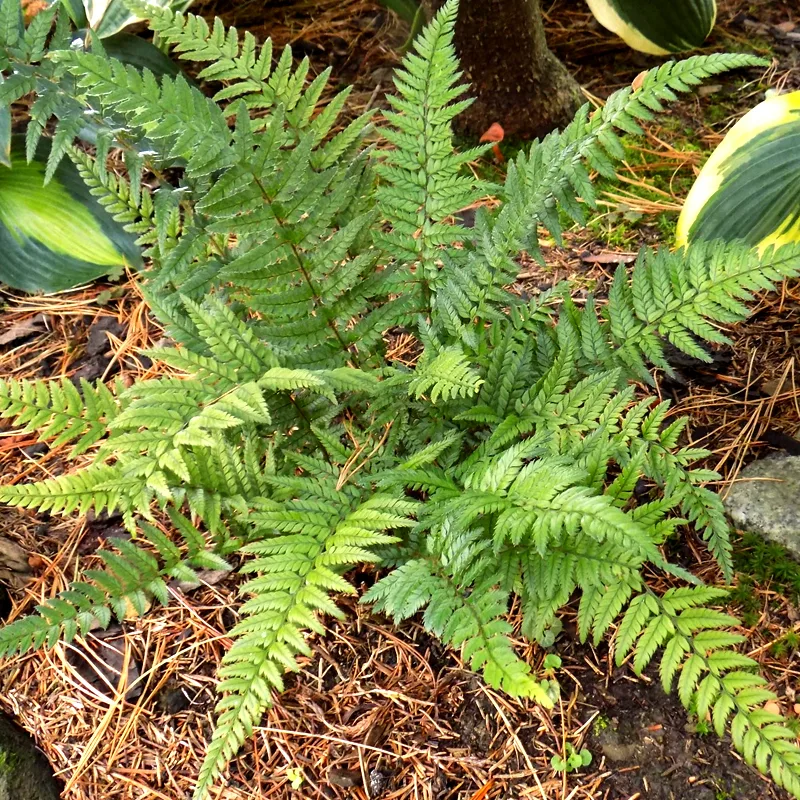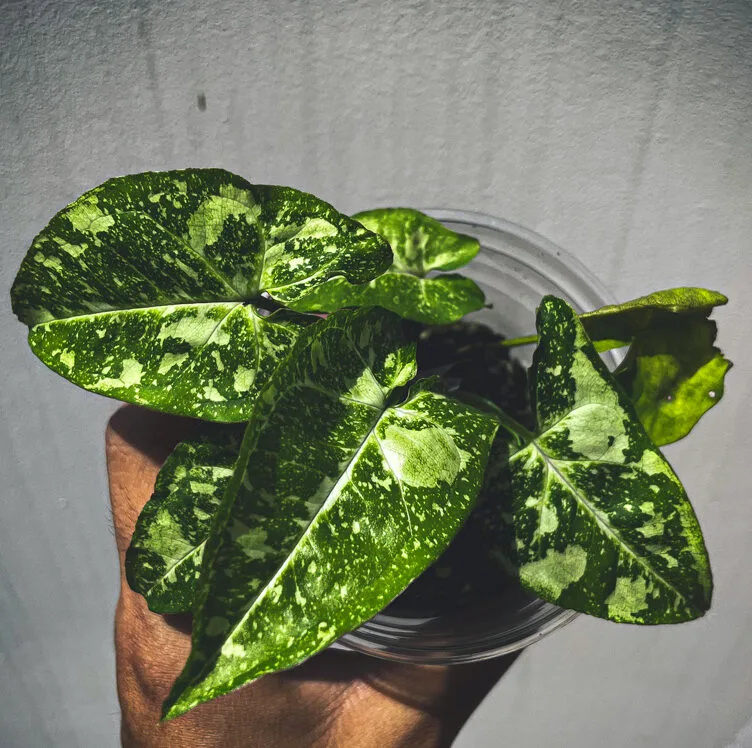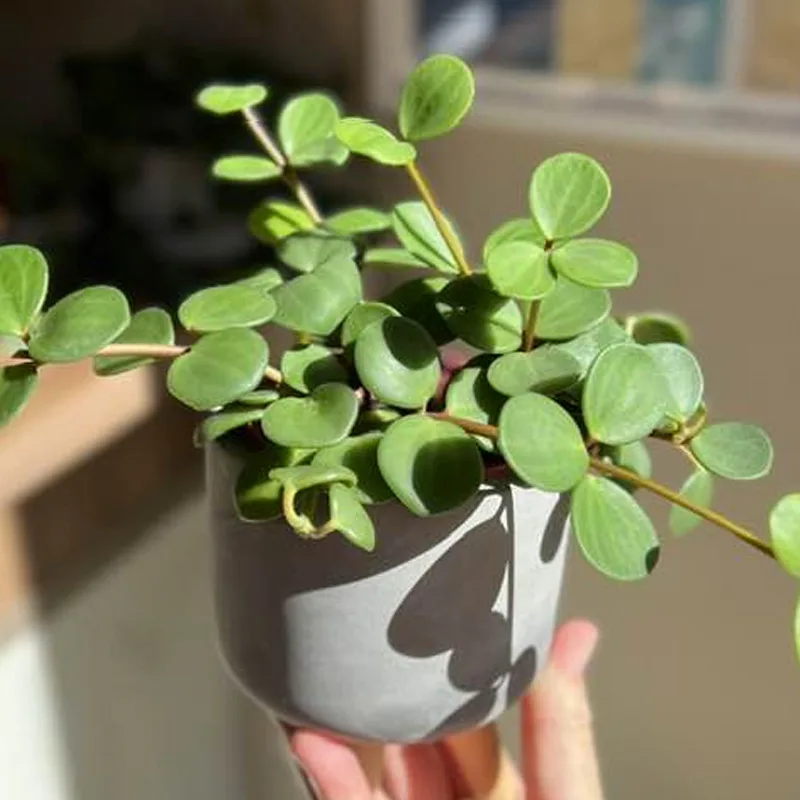Frequently Asked Questions About Cymbidium Floribundum
As a passionate orchid enthusiast, I’ve spent quite a bit of time learning about various Cymbidium species, and one that often piques interest is Cymbidium Floribundum. Here, I’ll address some common questions and provide insights based on my own experiences and research.
107 Species in Genus Cymbidium
What is Cymbidium Floribundum?
Cymbidium Floribundum is a stunning orchid species known for its prolific blooming and striking flower arrangement. Native to the subtropical regions of Asia, particularly from India to China, this orchid is appreciated for its large, fragrant flowers that can appear in clusters. The flowers generally come in shades of green, yellow, or white with varying patterns. The plant is well-regarded for its resilience and ability to thrive in less-than-ideal conditions, making it a favorite among both novice and experienced orchid growers.
How to Care for Cymbidium Floribundum?
Caring for Cymbidium Floribundum requires attention to its specific needs. Here’s a summary based on my experience:
- Light: Cymbidium Floribundum prefers bright, indirect light. Too much direct sunlight can cause leaf burn, while too little light may reduce blooming. I’ve found that placing it near a window with filtered light works well.
- Temperature: This orchid thrives in cooler temperatures. Daytime temperatures between 65-75°F (18-24°C) and nighttime temperatures around 50-60°F (10-15°C) are ideal. It’s crucial to avoid placing it near heaters or air conditioners, as extreme temperature fluctuations can stress the plant.
- Watering: Regular watering is essential, but overwatering can lead to root rot. I water my Cymbidium Floribundum once a week, allowing the top inch of soil to dry out between waterings. During the winter months, reduce watering slightly to avoid waterlogging.
- Humidity: Cymbidium Floribundum enjoys higher humidity levels. I use a humidity tray or a room humidifier to maintain around 50-60% humidity, especially during the dry winter months.
- Fertilizing: A balanced orchid fertilizer applied every 2-3 weeks during the growing season helps promote healthy growth and blooming. I prefer a 30-10-10 fertilizer, which supports vigorous leaf and flower development.
How to Propagate Cymbidium Floribundum?
Propagation of Cymbidium Floribundum can be done through division or tissue culture. Here’s a step-by-step guide based on my experience:
- Division: The most common method is to divide the plant. Wait until the plant is actively growing and has several pseudobulbs. Gently remove the plant from its pot and divide it into sections, ensuring each section has roots and at least one pseudobulb. Repot each section in fresh orchid mix and water thoroughly.
- Tissue Culture: For more advanced propagation, tissue culture can be used. This method requires specialized equipment and knowledge, as it involves growing new plants from small tissue samples in a sterile environment.
What to Plant with Cymbidium Floribundum?
When choosing companion plants for Cymbidium Floribundum, consider species that have similar light and humidity requirements. Some good options include:
- Ferns: Their humidity requirements complement those of Cymbidium Floribundum.
- Bromeliads: These add a tropical touch and thrive in similar conditions.
- Orchid Companions: Other cooler-growing orchids, like some species of Paphiopedilum, can also be excellent companions.
Is Cymbidium Floribundum Toxic?
Cymbidium Floribundum is not considered toxic to pets or humans. However, as with many plants, it’s a good idea to keep it out of reach of curious pets and small children to prevent any accidental ingestion or allergic reactions.
Benefits of Cymbidium Floribundum
Having Cymbidium Floribundum in your home or garden offers several benefits:
- Ornamental Value: Its beautiful flowers add a touch of elegance and color.
- Air Purification: Orchids can help improve indoor air quality by absorbing pollutants.
- Low Maintenance: Compared to some other orchids, Cymbidium Floribundum is relatively easy to care for, making it a great choice for busy plant lovers.
Common Problems and Solutions
Despite its hardiness, Cymbidium Floribundum can encounter a few issues:
- Root Rot: Caused by overwatering or poor drainage. Ensure the potting mix is well-draining and reduce watering if necessary.
- Pest Infestations: Common pests include aphids and spider mites. Regular inspection and using insecticidal soap can help manage these pests.
- Poor Blooming: If the plant isn’t blooming well, check for inadequate light or improper temperature conditions and adjust accordingly.
Comparison with Other Cymbidium Species
Cymbidium Floribundum is often compared to Cymbidium Finlaysonianum and Cymbidium Lowianum. While all three are beautiful, here are some distinctions:
- Cymbidium Finlaysonianum: Known for its fragrant, greenish-yellow flowers and slightly more delicate nature compared to Floribundum.
- Cymbidium Lowianum: Features larger, more robust flowers and is generally less tolerant of lower temperatures than Floribundum.
Each of these Cymbidium species has its unique charm, but Cymbidium Floribundum stands out for its easy care and striking flower clusters.
In summary, Cymbidium Floribundum is a wonderful addition to any orchid collection. With the right care, it can thrive and offer years of beautiful blooms. Whether you’re new to orchids or a seasoned grower, this species is worth considering for its beauty and resilience.
If i die, water my plants!



